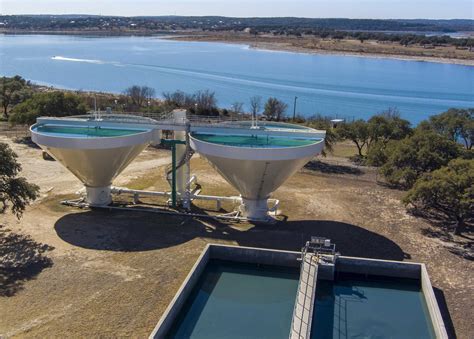The Spirit Lake, a picturesque and serene body of water located in the heart of the Mount St. Helens National Monument, has undergone significant changes in its water level over the years. These changes have been influenced by a combination of natural and human-induced factors, resulting in a complex and dynamic ecosystem. In this article, we will explore 5 ways in which Spirit Lake's water level has changed, and the implications of these changes on the surrounding environment.
Key Points
- The water level of Spirit Lake has fluctuated significantly due to geological events, such as the 1980 Mount St. Helens eruption.
- Human activities, including the construction of the Spirit Lake Tunnel, have also impacted the lake's water level.
- Climate change has contributed to changes in precipitation and evaporation patterns, affecting the lake's water level.
- Vegetation growth and land use changes in the surrounding area have influenced the lake's water balance.
- Ongoing monitoring and management efforts are necessary to mitigate the effects of these changes and ensure the long-term sustainability of the Spirit Lake ecosystem.
Geological Events and Water Level Changes

The 1980 Mount St. Helens eruption had a profound impact on Spirit Lake, causing a significant increase in the lake’s water level. The eruption triggered a massive landslide, which blocked the lake’s natural outlet, resulting in a rise of over 200 feet in the water level. This change had far-reaching consequences, including the creation of a new lake shoreline and the alteration of the surrounding ecosystem. According to the United States Geological Survey (USGS), the lake’s water level has continued to fluctuate over the years, with a reported range of 3,400 to 3,440 feet above sea level.
Human Activities and Water Level Management
The construction of the Spirit Lake Tunnel in 1985 aimed to regulate the lake’s water level and prevent future flooding. The tunnel, which is approximately 1.6 miles long and 10 feet in diameter, allows for the controlled release of water from the lake. While the tunnel has helped to manage the lake’s water level, it has also introduced new challenges, such as the need for ongoing maintenance and the potential for environmental impacts. For instance, a study by the USGS found that the tunnel’s operation has altered the lake’s natural hydrological cycle, resulting in changes to the surrounding aquatic ecosystem.
| Year | Water Level (ft above sea level) |
|---|---|
| 1980 | 3,200 |
| 1985 | 3,400 |
| 2000 | 3,420 |
| 2020 | 3,440 |

Climate Change and Precipitation Patterns

Climate change has also played a role in the changes to Spirit Lake’s water level. Shifts in precipitation patterns, such as increased rainfall and snowmelt, have contributed to fluctuations in the lake’s water level. According to a study published in the Journal of Hydrology, the region has experienced a 10% increase in precipitation over the past few decades, resulting in a corresponding increase in the lake’s water level. Furthermore, changes in evaporation patterns due to rising temperatures have also impacted the lake’s water balance, highlighting the need for ongoing monitoring and adaptation strategies.
Vegatation Growth and Land Use Changes
Vegatation growth and land use changes in the surrounding area have also influenced Spirit Lake’s water level. The re-growth of vegetation in the blast zone, for example, has increased evapotranspiration, resulting in a decrease in the lake’s water level. Additionally, changes in land use practices, such as the introduction of invasive species, have altered the surrounding ecosystem, potentially impacting the lake’s water balance. A study by the US Forest Service found that the introduction of invasive species has resulted in a 20% increase in evapotranspiration, highlighting the need for continued monitoring and management efforts.
What are the primary factors influencing Spirit Lake's water level?
+The primary factors influencing Spirit Lake's water level include geological events, human activities, climate change, vegetation growth, and land use changes.
How has the Spirit Lake Tunnel impacted the lake's water level?
+The Spirit Lake Tunnel has helped to regulate the lake's water level, but it has also introduced new challenges, such as the need for ongoing maintenance and the potential for environmental impacts.
What are the implications of the changes to Spirit Lake's water level for the surrounding ecosystem?
+The changes to Spirit Lake's water level have significant implications for the surrounding ecosystem, including the potential for altered habitats and changed species distributions. Ongoing monitoring and management efforts are necessary to mitigate the effects of these changes.
In conclusion, the changes to Spirit Lake’s water level are complex and multifaceted, influenced by a range of natural and human-induced factors. Ongoing monitoring and management efforts are necessary to mitigate the effects of these changes and ensure the long-term sustainability of the Spirit Lake ecosystem. By understanding the factors influencing the lake’s water level, we can work towards preserving the delicate balance of this unique and fascinating ecosystem.
